Maintaining and repairing your home doesn’t have to drain your wallet. As a homeowner, I know that being proactive and resourceful saves me a lot of money and stress in the long run. Here are my top thrifty tips for home maintenance and repair. These practical, cost-effective strategies will help you keep your home in top shape without being hard on your wallet.
1. Regularly Clean or Replace HVAC Filters
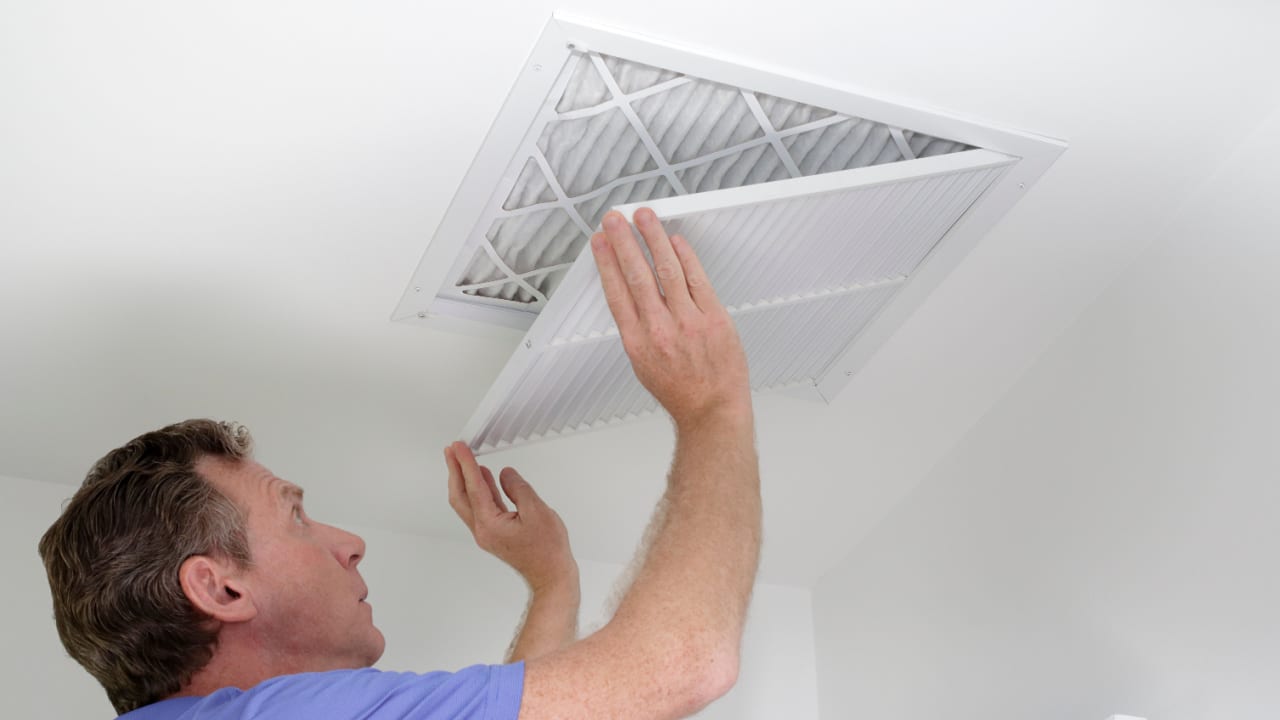
I make it a point to regularly clean or replace HVAC filters. It improves air quality and enhances the efficiency of the system, reducing energy costs and the risk of expensive breakdowns and repairs due to excessive strain and wear.
2. Seal Windows and Doors

Check and seal any gaps in windows and doors. Weatherproofing window and door seals is a simple DIY task that can prevent air leaks, keeping your home warmer in winter and cooler in summer, which in turn reduces heating and cooling costs.
3. Practice Preventative Pest Control

Instead of waiting for a pest problem, I use natural deterrents and maintain cleanliness to prevent infestations. I use cinnamon, neem leaf powder, and diatomaceous earth to repel or kill ants and most other insect pests naturally. Peppermint oil, lemon, and rosemary are also effective natural pest deterrents.
4. Clean Gutters Regularly
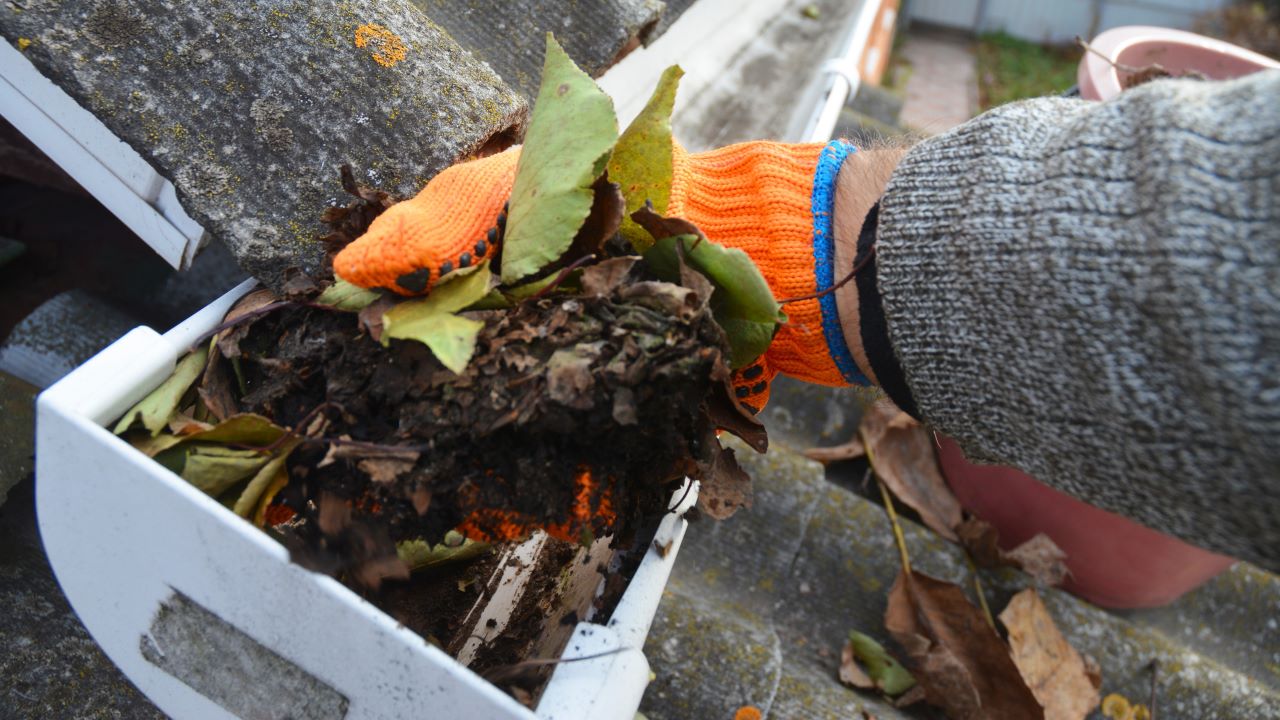
I’ve found that regularly cleaning gutters prevents water damage and protects the roof. As long as you take sensible safety precautions for using a ladder and working at height, you can take care of this task yourself, without the need for professional help.
5. Learn Basic Plumbing Skills
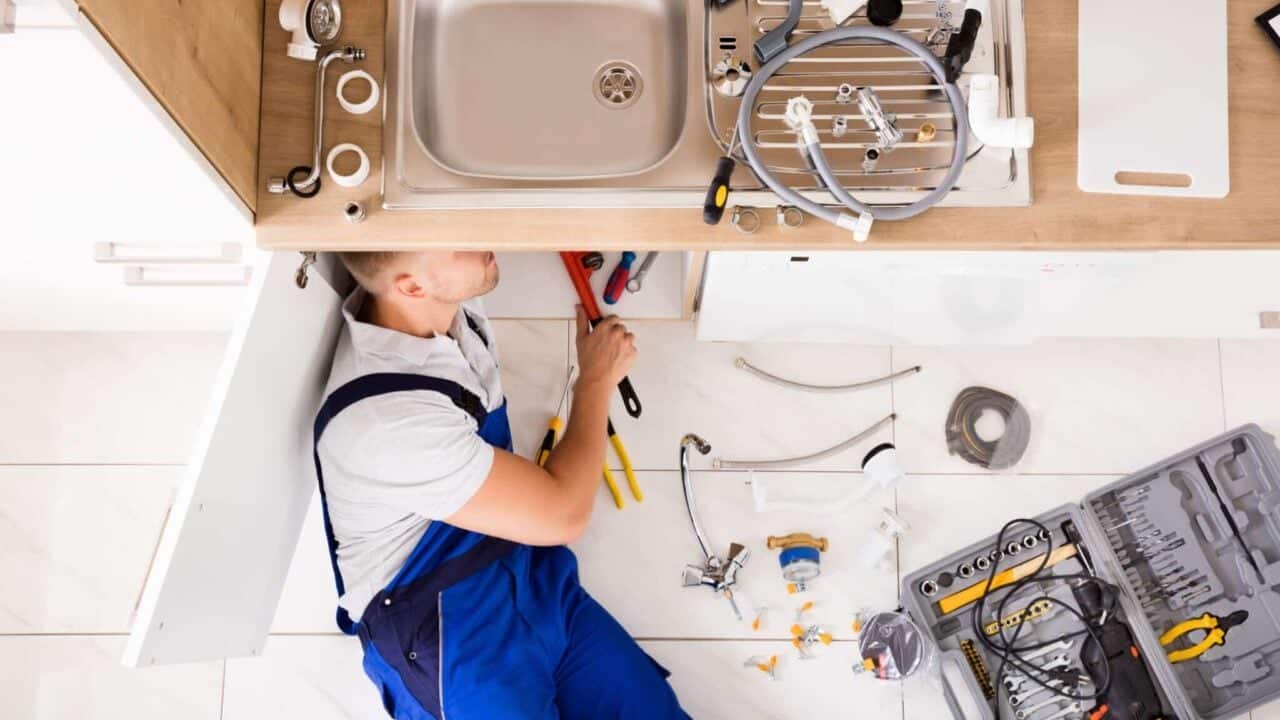
Acquiring basic plumbing skills to fix minor leaks or clogs can save you from expensive plumber visits. There are many tutorials available online that can guide you through simple repairs. But, if in doubt about our skill or the complexity of the task, definitely hire a pro.
6. Maintain Your Garden Tools
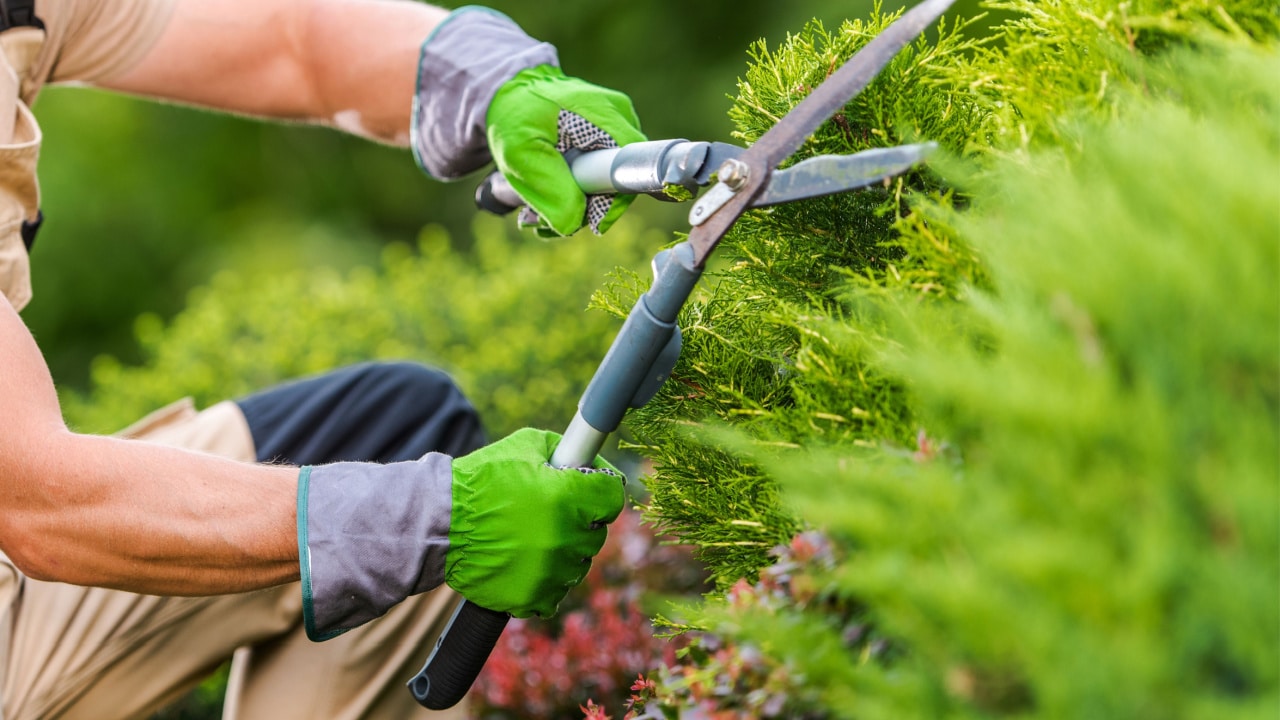
Taking care of your garden tools by cleaning and sharpening them extends their life and ensures they work efficiently, saving you from buying new ones frequently. Plus, cleaning your tools is vital if any of your plants show any sign of disease. Proper cleaning stops you spreading the disease to other plants via your tools.
7. Use Energy-Efficient Light Bulbs

Switching to energy-efficient light bulbs reduces electricity bills. These bulbs last longer and consume less energy. I use bright white LED bulbs everywhere I need good light for working or hobbies, and warm white ones where I prefer softer light.
8. Conduct Regular Roof Inspections

I inspect my roof regularly for any damages or leaks. Early detection of roof problems can prevent costly repairs down the line.
9. DIY Paint Jobs

Doing your own painting is a great way to refresh your home’s look without the cost of professional painters. It’s also a fun and satisfying DIY project. If you don’t want to get too carried away, refresh the look of a room by creating a single feature wall.
10. Create a Home Maintenance Schedule

I keep a home maintenance schedule to stay on top of tasks. Otherwise, I’d never remember when I need to check and do stuff. Regular maintenance prevents small issues from becoming big, expensive problems.
11. Use Homemade Cleaners
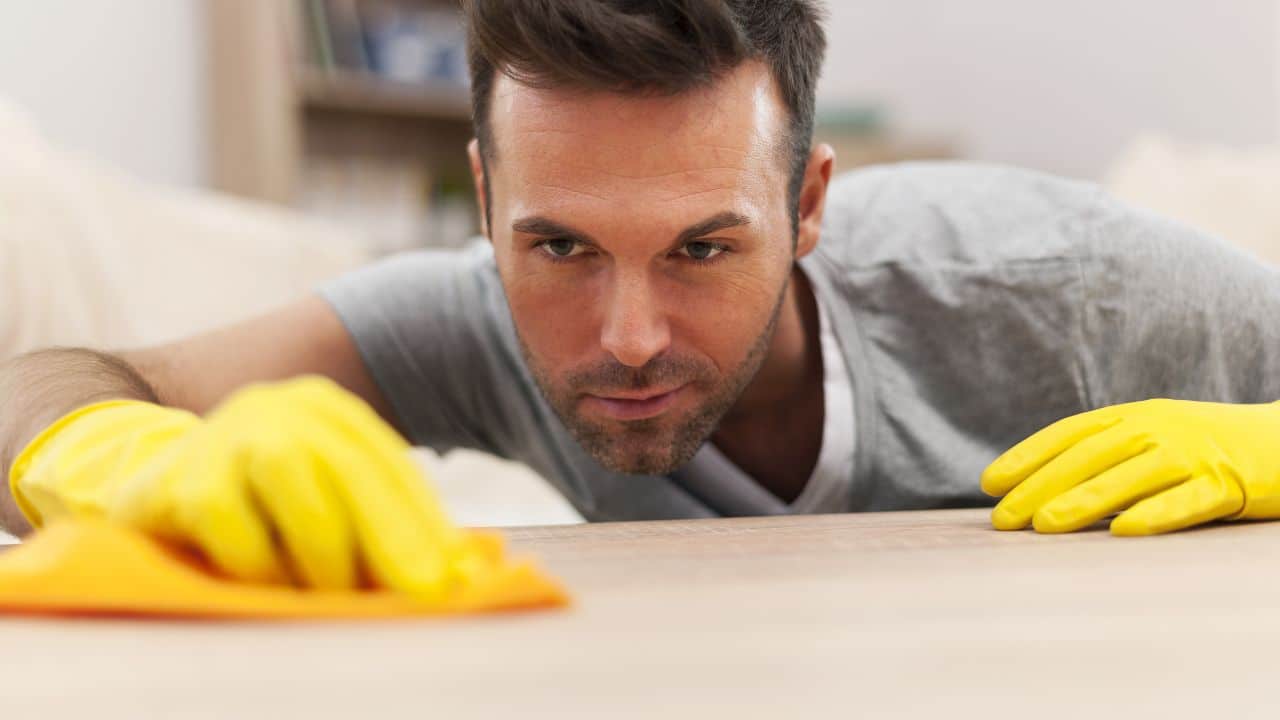
Homemade cleaners made from vinegar, baking soda, and lemon are cheaper and eco-friendly. They work effectively for most household cleaning tasks. My favorite household cleaner and sanitizer for floors, sinks, countertops, and stain removal is simply a 50/50 mix of plain white vinegar and water in a spray bottle. Super cheap, environmentally friendly, and really effective.
12. Insulate Your Water Heater
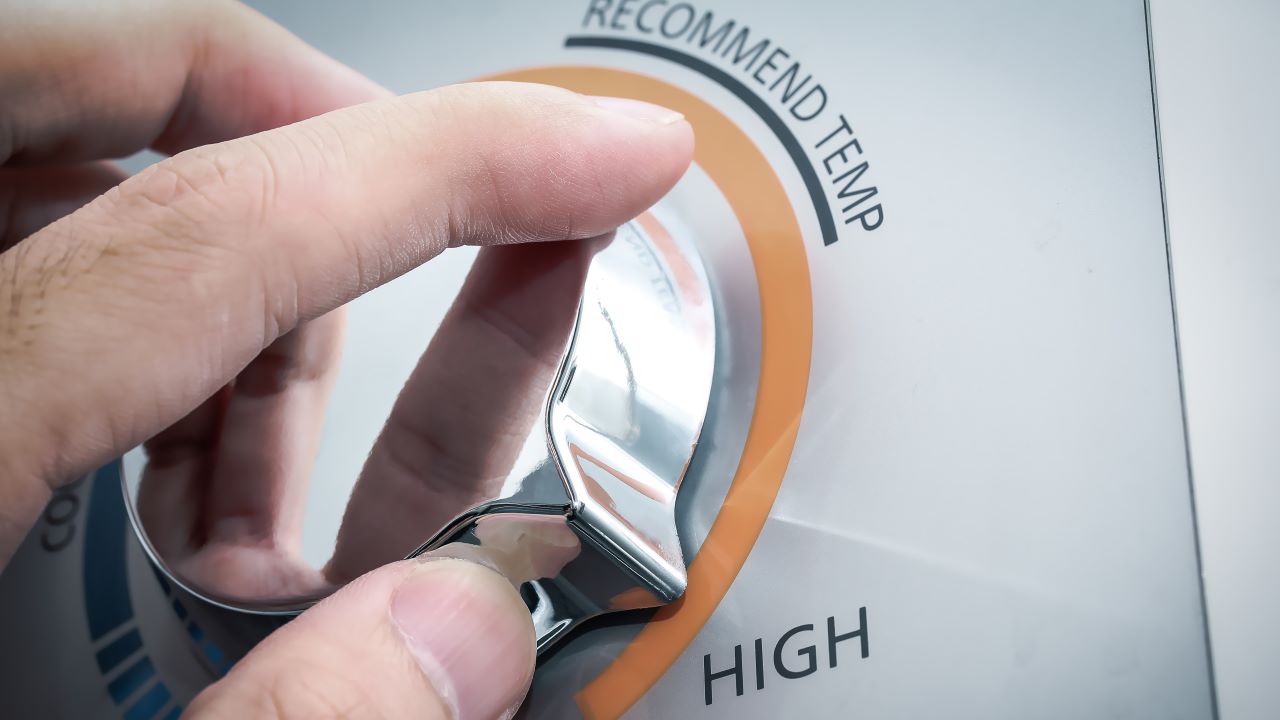
Insulating your water heater can reduce heating costs. This simple DIY task can lead to noticeable savings on your energy bill.
13. Repair, Don’t Replace

Whenever possible, I repair items rather than replace them. This mindset can save a lot of money, especially with furniture and appliances. And I’ve learned a few new skills along the way, so I can patch leather, reupholster chairs, and refinish tired and damaged drawers and cupboards. It’s honestly so satisfying.
14. Shop Secondhand for Tools and Materials
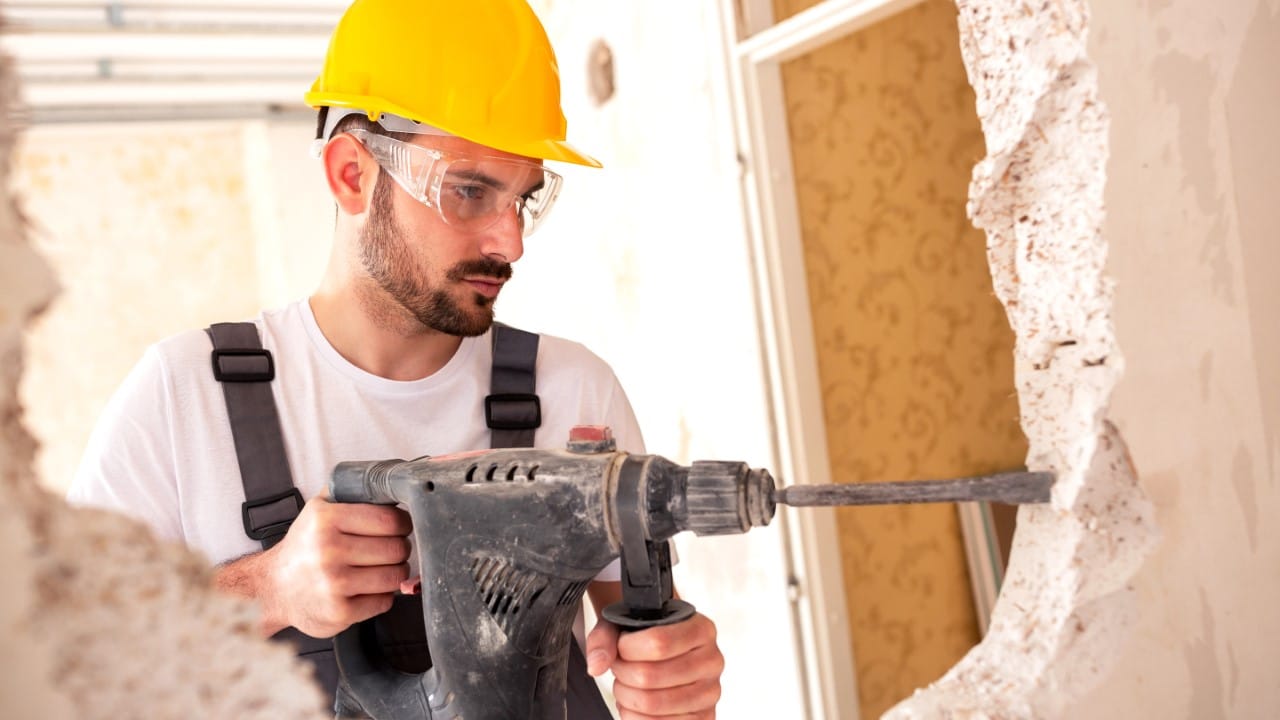
Buying tools and materials secondhand can significantly cut costs. I often find quality items at thrift stores or online marketplaces. There’s nothing wrong with buying new-to-you tools and materials. I’ve made some great thrifty finds, including beautiful upholstery fabric, a barely used spinning wheel, and lovely leatherworking tools.
15. Learn Basic Electrical Skills
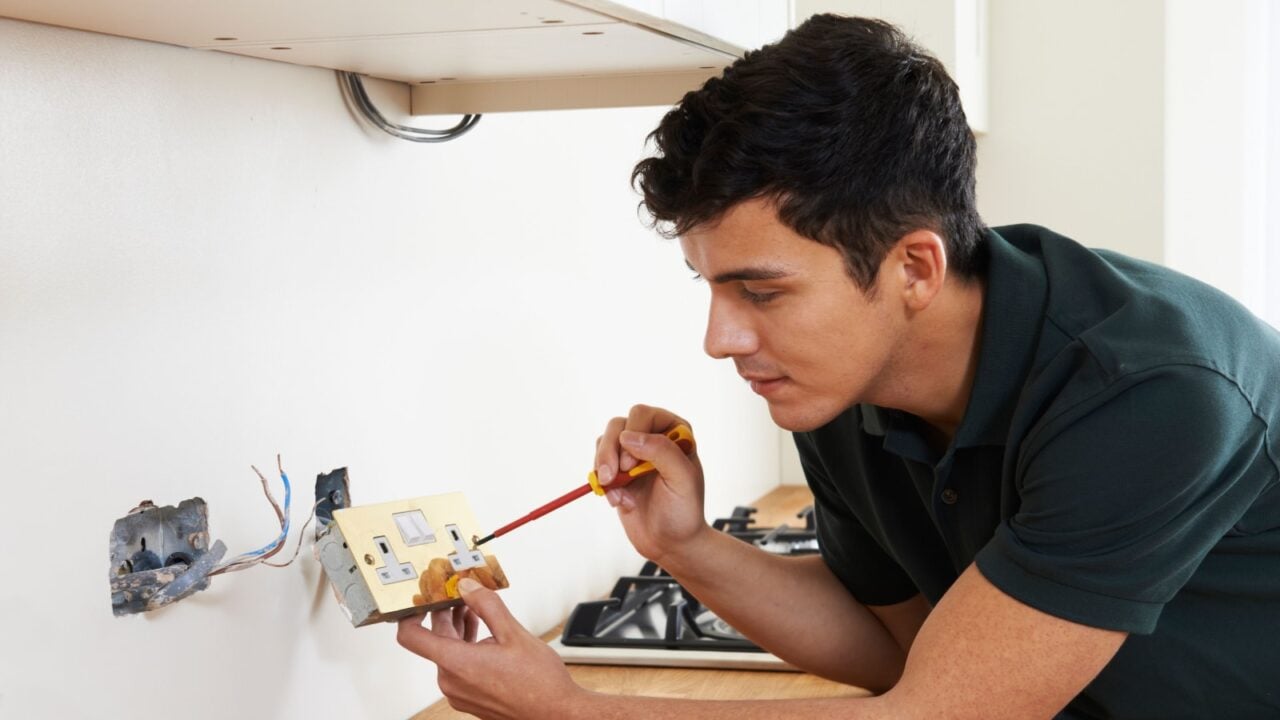
Understanding basic electrical work like changing a light fixture or outlet is a big saver. Always prioritize safety and call a professional for complex issues. Only tackle tasks if you’re confident of your skills and can work safely.
16. Use Programmable Thermostats

Installing a programmable thermostat helps in managing heating and cooling costs more efficiently, leading to lower energy bills.
17. Regularly Service Major Appliances

Regular servicing of major appliances like refrigerators and washing machines can extend their lifespan and improve efficiency, saving you from early replacement or repair costs.
18. Optimize Water Usage
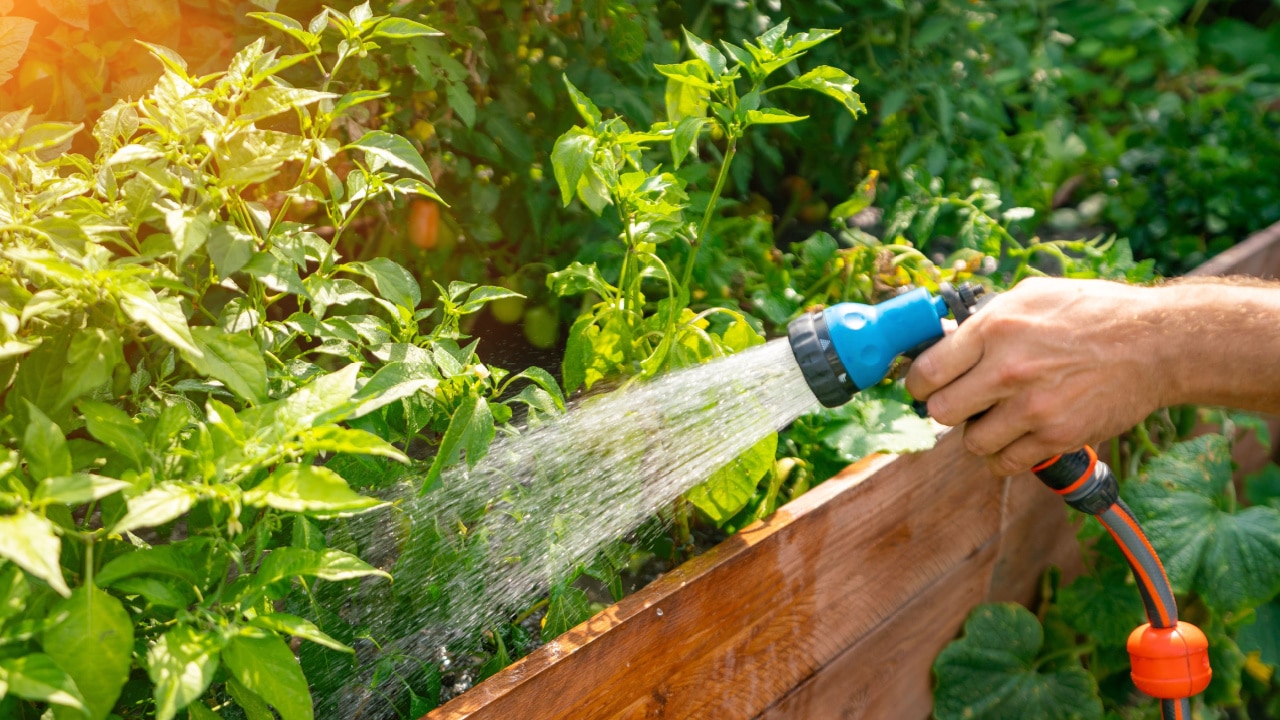
Installing low-flow showerheads and fixing leaky faucets can reduce water bills. It’s an easy and effective way to save money. While it might only seem like you’re saving a few pennies, over time, this adds up. Plus, being less wasteful is better for the planet.
19. Maintain Your Drains
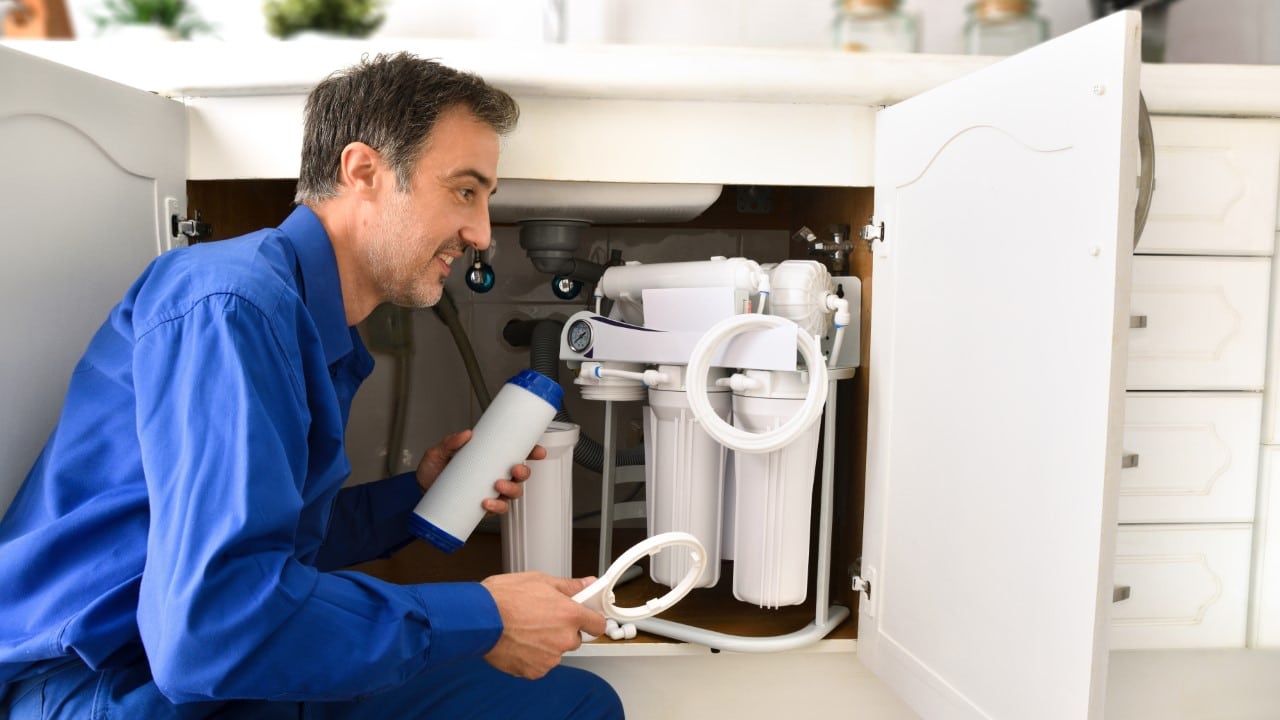
Clean your drains regularly to prevent clogs. I use a mixture of baking soda and vinegar followed by hot water to keep them clear.
20. Weatherstrip Your Home

Weatherstripping your home to seal air leaks is an inexpensive way to improve energy efficiency and reduce utility bills.
21. Mulch Your Garden

Mulching your garden helps in retaining moisture, reducing the need for frequent watering and saving on your water bill.
22. Invest in Quality Where It Counts

For certain home items like tools or appliances, investing in quality can be more economical in the long run, as they require less frequent replacement.
23. Regularly Check Smoke Detectors
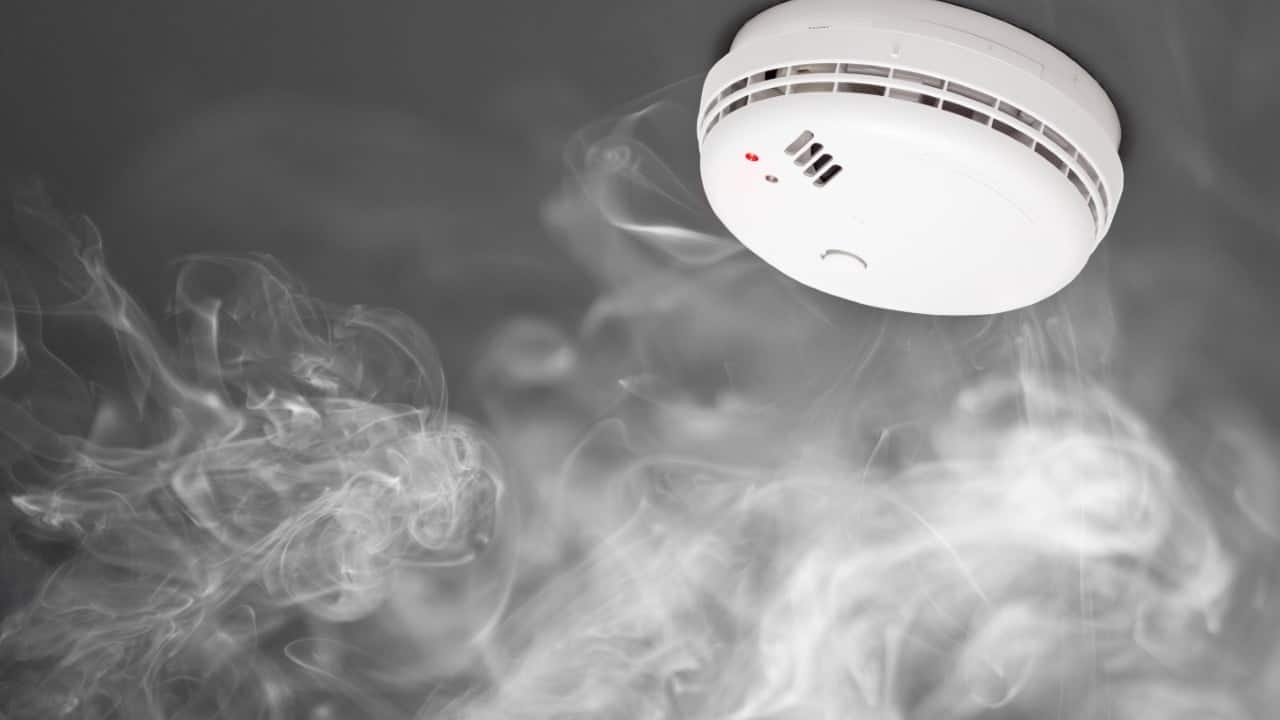
Ensuring that your smoke detectors are functioning properly is crucial for safety and can prevent costly damage in the event of a fire.
24. Use Smart Power Strips
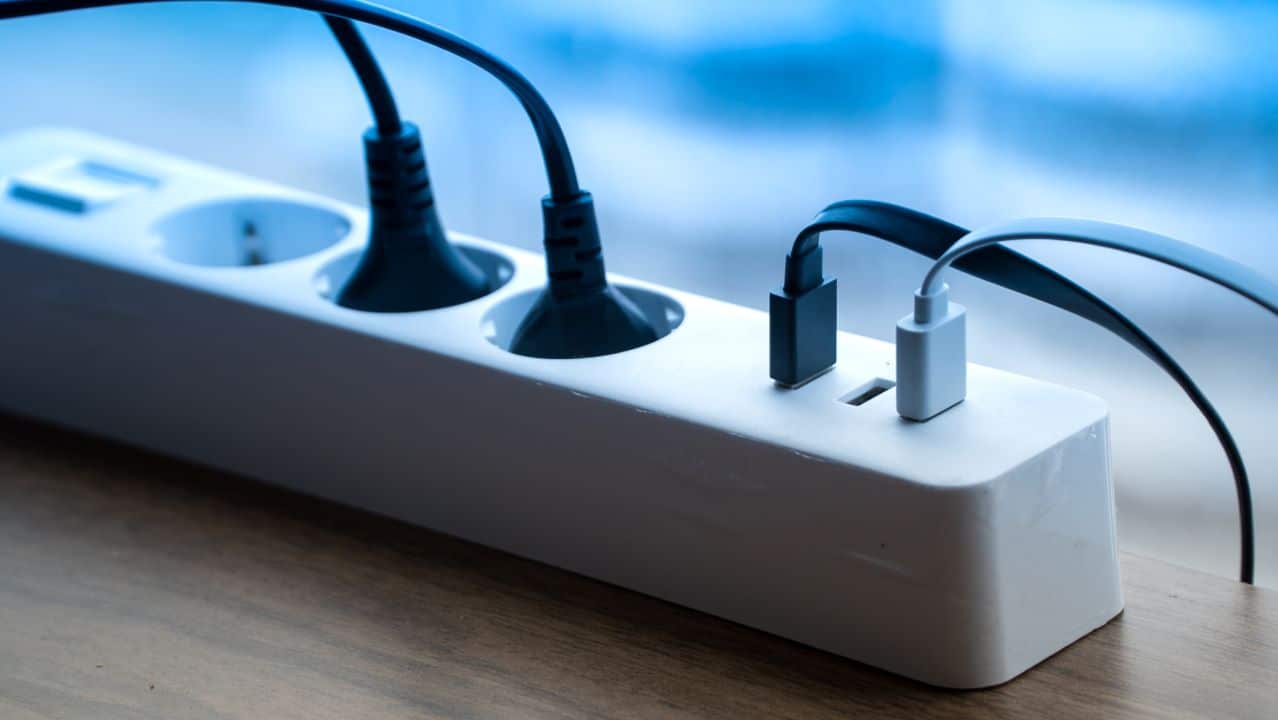
Smart power strips can cut off power to devices when they’re not in use, reducing phantom energy use and saving on electricity costs. Again, this only seems like a minor saving, but it adds up over time and reduces your environmental impact, too.
25. Educate Yourself on Home Maintenance
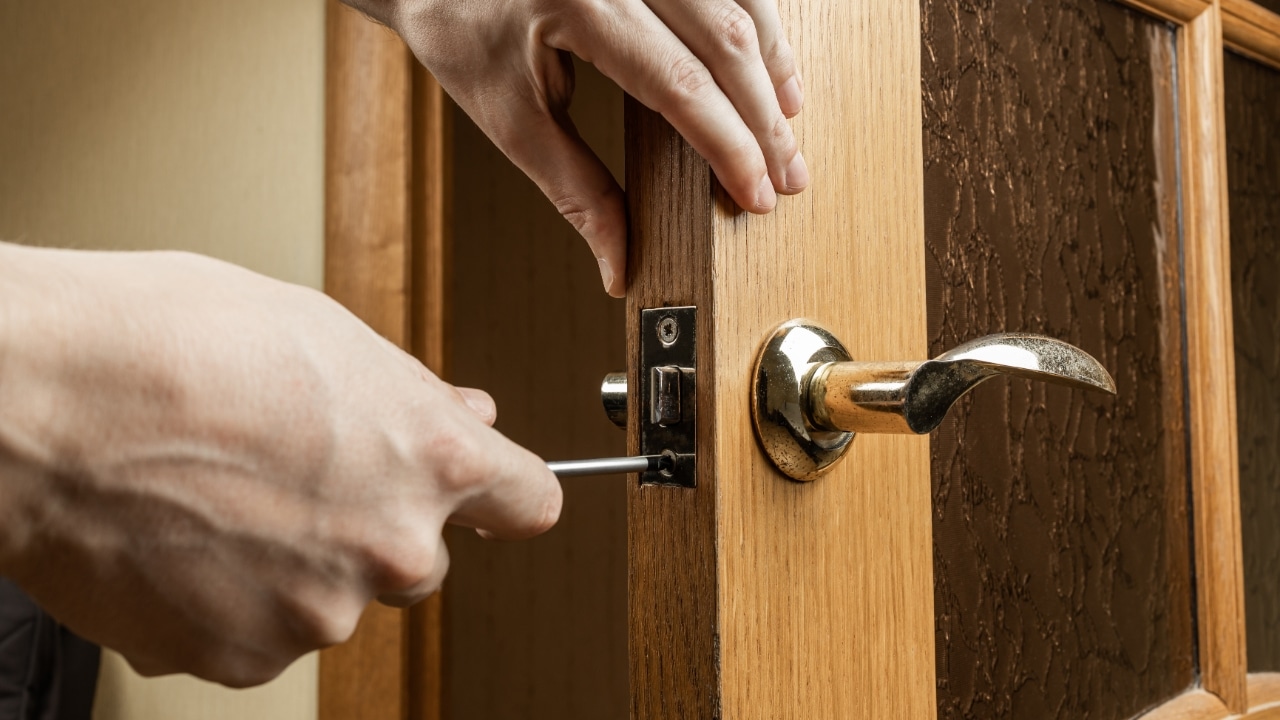
I continuously educate myself on home maintenance. Knowledge is power; the more you know, the more you can do yourself, saving money on professional services.
More From List Lovers…
Hidden Treasure: 21 Childhood Toys That Could Be Worth More Than You Think
Best U.S. States for Every Stage of Life, from Starting Out to Settling Down
The post 25 Budget-Savvy Tips for Home Maintenance and Repair first appeared on List Lovers.
Featured Image Credit: Shutterstock / alessandro guerriero.

